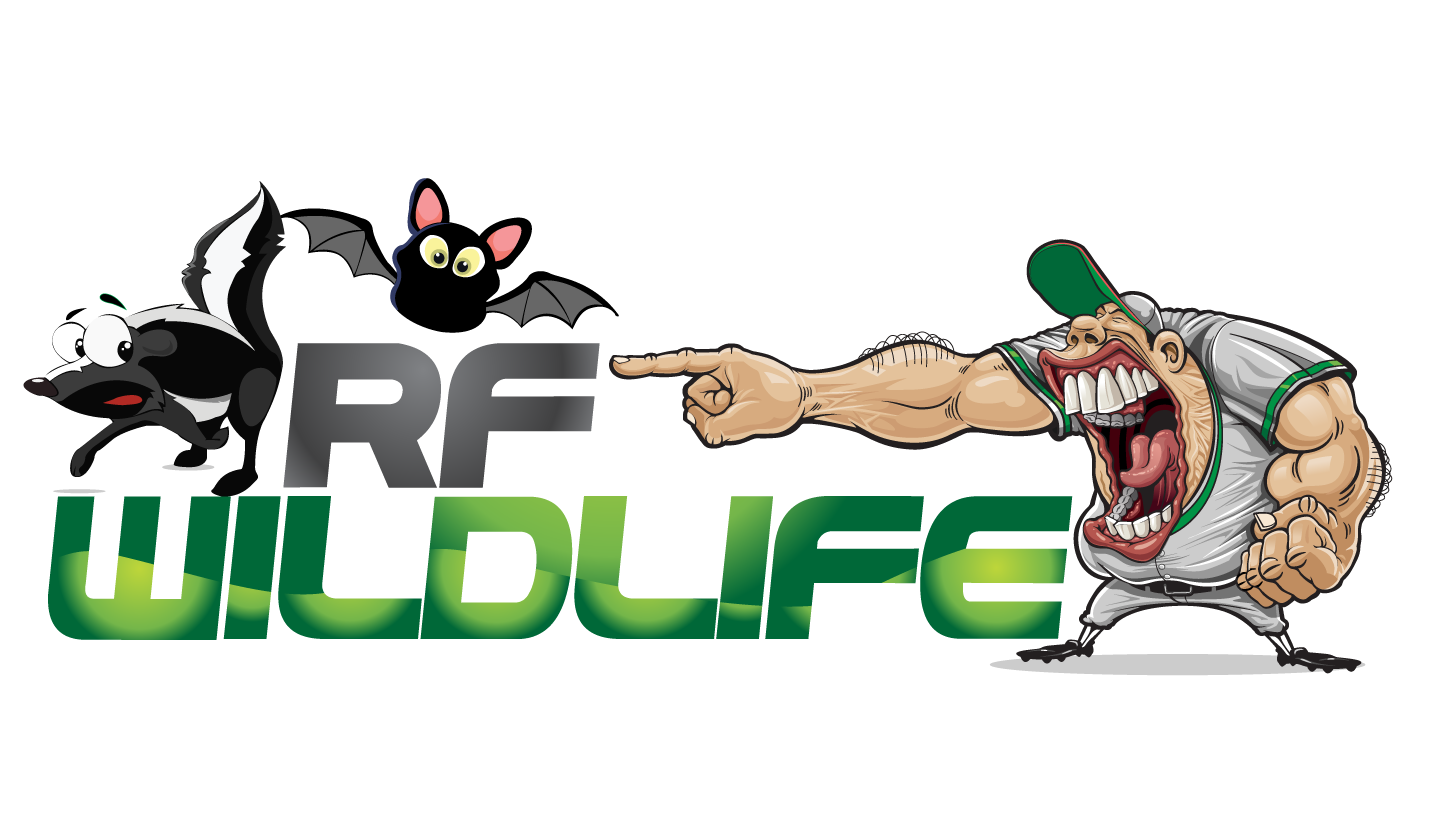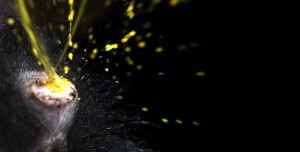February-March the skunks breeding time.
Valentine’s Day falls is in the month of February, and the smell of roses is not the only aroma you may experience. Skunks smell is very common around the middle of the month. February through March is the skunk breeding season. Male skunks will travel long distances in search of females. This extensive travel increases the chances of skunks spraying perceived threats. They are often hit by cars during this traveling. The cars carry the skunk smell a long distance. Humans can detect skunk smell in doses as small as 10 parts per billion. Male skunks will spray each other competing for a female. The female skunk will spray the male skunks who does not achieve her standards. If these occurrences happen underneath your deck or crawlspace, you can expect waking up in the middle of the night with your eyes watering difficulty breathing because the skunk smell is so bad. The smell can last for weeks, and humidity reactivates the skunk smell.
July is when the skunk smell comes back.
It is a good idea to deal with the skunks during February and March. After the breeding season the female skunk looks for a suitable den site. The den site will be a place safe from predators and protected from the weather. Common denning sites are underneath sheds, wood piles, porches, and crawlspaces. Once the den is established the female skunk will be very careful and lay low to protect her kits. Typically during the month of July skunk smell returns. This is because the young skunks are now mobile. Like a kid with their first squirt gun the little skunks spray readily. More than half of the skunks die within the first year of their lives. If they survive that first year. They like expectancy is between 2 to 6 years. Around 10 months of age they reach sexual maturity. It is my opinion that the older a skunk is the more potent the skunk smell is.
Skunk smell, skunk spray facts.
The spray is made in specialized glands located near the anis. Skunks only store enough fluid to spray around five times. It can take up to a week for to regenerate the smelly concoction. The spray has many parts but one ingredient that you may have heard of is sulfuric acid, used in car batteries. The spray can cause irritation to skin, temporary blindness, nausea and vomiting. A decreased sense of smell may last a few weeks after being sprayed. These effects happen to humans as well as pets. Most predators, including bears will not try to prey on a skunks in most cases. The only animals that will are raptors. In Connecticut the main predator of skunks is a great horned owl.
What to do if you or your pet is sprayed by a skunk.
Unless you are a Boy Scout, or you or your pet have been sprayed the past you are probably not prepared with store bought skunk smell removal products. There is a simple yet effective concoction you can make invented by a chemist named Paul Krebaum.
1 quart of 3% hydrogen peroxide
1/4 cup baking soda
1 teaspoon of liquid dish soap
the ingredients must be mixed in a large, open container. It does erupt like a model volcano. Never store in a sealed container for it can explode from the pressure. This must be mixed just prior to application. Be sure not to get this into your eyes, nose or mouth.
Getting rid of skunks in the following counties and towns Middlesex, New London, Hartford, and New Haven counties. Towns: Branford, North Branford, North Haven, Hamden, Wallingford, Cheshire, Meriden, Middlefield, Middletown, Durham, Guilford, Madison, Killingworth, Haddam, East Hampton, Clinton, Westbrook, Essex, Deep River, Chester, Lyme,Old Lyme, East Lyme, East Haddam, Waterford, Montville, Salem,Colchester, Groton, Ledyard, Montville, Norwich, Preston, Portland, Northford, Niantic, Cromwell. skunk smell removal CT
Picture from PBS


